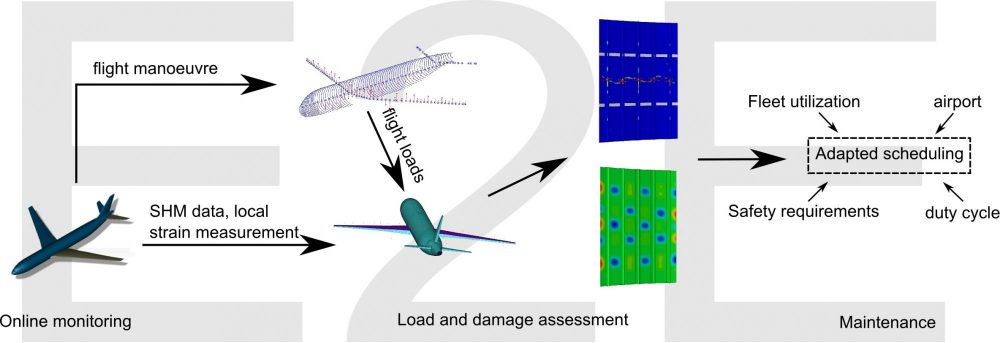Project summary
The DEMETER project addresses the topic JTI-CS2-2014-CFP01-LPA-03-01 “Process and Methods for E2E Maintenance Architecture development and demonstrations and solutions for technology integration” and had a duration of 12/2015 – 11/2019.
DEMETER supports the development for future’s End-to-End (E2E) maintenance architecture, which replaces the current systematic scheduled maintenance by on-condition maintenance. To reach this goal DEMETER will provide application of structure health monitoring (SHM) technologies, conditions based maintenance principles, system prognostic solutions based on aircraft data, improvement of maintenance execution efficiency at turn around and at scheduled maintenance intervals and service solutions supporting the above providing maintenance economic efficiency enhancement.
The project was divided into 2 main areas and was carried out by two partners, the German Aerospace Center and the Netherland Aerospace Center. The first focus with about one third of the budget was the evaluation of technologies. These technologies were developed in the second focus of DEMETER and in two sister projects of CleanSky 2. The evaluation should compare the previously assumed technological advantages with those achieved in the projects. Therefore an evaluation concept based on questionnaires and evaluation matrices was developed. The evaluation approach was developed together with M2P from the AIRMES project. Therefore all technical results from both projects were collected and evaluated with the AirTobs tool. An example is given in Figure 1.
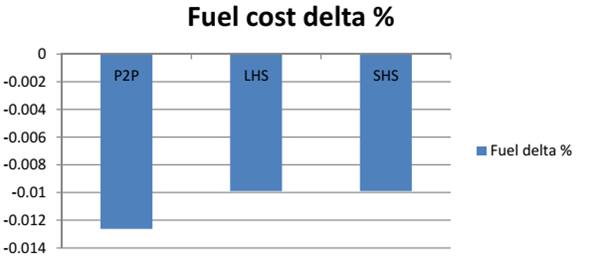
In the second part of DEMETER, which accounts for about two thirds of the budget, research was conducted on usage and structural health monitoring systems. Usage monitoring uses flight data and converts them into usable information with the help of simulation models. This enables the real usage at selected positions of the aircraft to be analyzed and thus to change the maintenance interval from a previously fixed planning to a variable usage-based planning. In DEMETER, different models such as flight simulation, stress calculation, structural fatigue assessment and maintenance planning were networked and analyses were carried out. The input data for the flight maneuvers can be extracted from the flight recorders or, in the case of DEMETER, data from Flight Radar24. The considered Use Case was the engine mount. It could be shown that such a usage monitoring evaluation chain can be built up in a decentralized, modular way. The modules are flexibly exchangeable and the respective partial services can be offered separately in the future. The developed data exchange concept is flexible and expandable.


While a Usage Monitoring System uses existing data to make an assessment, Structural Health Monitoring Systems use sensors at specific positions in the structure to monitor it. Two systems were considered. First, strain sensors (Fibre Bragg Sensors) were used to check load paths. Here, the engine mount was also used as a use case. If a load path fails due to damage, the system automatically reports the need for repair. The second technological approach is based on the area-wide monitoring of structures using guided ultrasonic waves. A concept evaluation showed that 5% structural mass can be achieved with such a system due to an adapted aircraft design. In the project this technology was further developed to compensate for environmental influences and to detect the damage by means of machine learning algorithms. Once the damage has been detected, an evaluation of the damage itself is helpful in deciding whether a repair is necessary. For this purpose, methods have been further developed to make this possible. It is possible to transfer impact damages based on structural health monitoring systems and classical non-destructive testing methods into a model. By analyzing the damage, the residual strength can be calculated and evaluated if a repair is necessary.

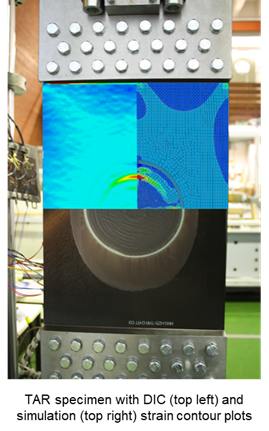
The results of the DEMETER project have been disseminated in a number of conference and journal publications. Researchers in the project provided parts of the measurement data on the open platform Open Guided Wave (http://openguidedwaves.de/) and a final conference was organized and conducted.
ADVANCED Aircraft Maintenance 2019
The event will take place on 19 and 20 November at the Center for Applied Aeronautical Research (ZAL TechCenter) in Hamburg-Finkenwerder. The aircraft maintenance event will present the results of the research cluster ADVANCE. ADVANCE is a cluster within the public-private partnership between the European Commission and the European aviation industry Clean Sky 2 LPA, Platform 3. The cluster comprises three consortia (AIRMES, DEMETER and PACMAN) with a total of 19 partners. The main objective of the research initiative is to improve the efficiency and competitiveness of European airlines by optimizing the processes in the field of aircraft maintenance. For this purpose, the following solutions were developed in the context of ADVANCE:
End-to-end (E2E) architecture for maintenance operations
Systems forecasting and monitoring solutions for condition-based maintenance
Digitization of maintenance processes through mobile tools
Integration of mobile tools through a collaborative environment
These research results are supported by the individual partners from industry and science, i.a. Airbus, TAP, Thales, Honeywell and the German Aerospace Center, will be presented in Hamburg. In addition, the research partners present various demonstrators on a “marketplace”. More information and registration for the event can be found at www.dlr.de/AAM2019.
Residual strength estimation of damaged composite skins
In DEMETER, an approach to the assessment of the damage criticality in composite airframe skins was developed.
The residual strength in real airframe structures depends on a variety of features and parameters that determine the structural behavior. Through detailed damage characterization, reliable models for residual strength estimation were derived.
A tool labeled DaMapper was developed to cope with different non-destructive inspection inputs. It offers the capability of evaluating conventional through-the-thickness pulse-echo ultrasonic results as well as other inputs obtained from micro-computer-tomographic inspections and ultrasound-based structural health monitoring. The analysis of these inputs is mostly automated, providing the main defect features for further analysis.
In the following step, defect features are integrated in a detailed parametric finite element model to predict the damaged part’s structural behavior. Excellent agreement between experimental and numerically predicted residual strengths was attained, the error being less than 4%. This is partially owed to a detailed damage description, provided by the previous step. By comparing the predicted residual load bearing capacity with the design allowables, pertinent damage removal recommendations can be issued.
In the final step, a parametric scarfed-repair model is provided to assess the possibility of restoring the required loading capacity. By adopting a detailed model capable of representing the most relevant phenomena, good agreement between experimental and numerical results was achieved.
The capabilities accomplished in DEMETER are based on previous achievements developed in the scope of the project Transferzentrum MRO und Cabin Upgrade founded by Freie und Hansestadt Hamburg. Details on the presented process chain will be published soon.

New fibre optic sensor (FBG) damage indicator
One of the objectives within DEMETER was to improve existing concepts and algorithms for identification and characterisation of damages, such as skin-stringer debonds in composite structures and especially cracks in metallic joints using fibre optic strain sensors, so-called Fibre Bragg Gratings (FBGs).
Simulations and tests have been performed on a number of different components (demonstrators): a composite fuselage panel, a metallic box structure and a metallic engine mount to test an existing and develop a new damage indicator that can be used in a structural health monitoring system to detect damage. The new damage indicator was developed to timely signal crack growth in a load path. From the simulation and both tests, it can be concluded that the damage indicator can detect a damaged load path in an early stage and it suffices to monitor each load path by only one strain sensor, although with more sensors damage may be detected in an earlier stage. The damage indicator is not sensitive for temperature effects and therefore the SHM system does not require additional temperature sensors. Also the damage indicator is not sensitive for the load spectrum, making it robust. The damage indicator can be computed on a flight-by-flight basis, drastically reducing the inspection interval. This can be used in a future (re)design of the aircraft structure to save weight while keeping the safety level at least as high as without the SHM system. Although fibre optic sensing is very robust, a sensor failure (e.g. disbond) can be distinguished from a load path failure. A broken fibre can be detected by the interrogator system.
Guided Wave-based Damage Identification in changing Temperature
Guided wave based SHM poses a suitable technique in terms of damage detectability in composite structures with complex geometries. One of the main challenges for the application of the technique resides in the broad spectrum of environmental and operational conditions of an aircraft.
In DEMETER, a test series including changing temperature, humidity and realistic impact damages has been performed to evaluate data normalization approaches. To account for the typical geometry encountered in aircraft structures, composite plates with co-bonded structural elements and an integrated SHM network have been manufactured for testing.
The work package focuses on the damage detection in varying temperature and humidity conditions using a data-driven method. The data-based approach addresses the damage identification as a pattern recognition problem, generating knowledge from previously collected data. The damage identification approach developed within DEMETER is illustrated below and is able to differentiate between damage and temperature changes in composite plates with co-bonded structural elements.
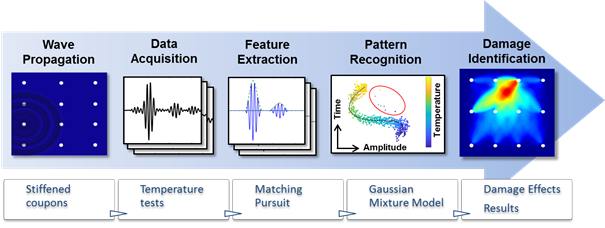 Guided Wave-based Damage Identification using a Pattern Recognition Approach
Guided Wave-based Damage Identification using a Pattern Recognition Approach
Participation in the Open Guided Waves Platform
DEMETER enabled the participation of DLR in the Open Guided Waves (OGW) platform. The OGW platform has been created by a group of SHM researchers from multiple German institutions, including universities, research organizations, and industry partners. The OGW platform aims to freely provide a reference data set, so that other researchers in the SHM community can test and compare their damage identification approaches based on ultrasonic guided waves. The quality of the data set is guaranteed by the involvement of multiple institutions in the project, with renowned experts in the field of SHM.
The test specimens were manufactured according to aerospace requirements. Afterwards, the integrity of the specimens verified via two independent non-destructive inspections, based on x-rays and ultrasound. To test full wave field approaches and validate simulation models, a 3D laser Doppler vibrometer has been used to record the wave propagation. Finally, the guided ultrasonic wave signal has been recorded using several frequencies in a defined environment.
More information can be found in http://openguidedwaves.de/
Jochen Moll, Jens Kathol, Claus-Peter Fritzen, Maria Moix-Bonet, Marcel Rennoch, Michael Koerdt, Axel S. Herrmann, Markus G. R. Sause and Martin Bach, „Open Guided Waves – Online Platform for Ultrasonic Guided Wave Measurements“, Structural Health Monitoring, First Published December 11, 2018
Guided Wave-based Damage Identification in changing Temperature
Guided wave based SHM poses a suitable technique in terms of damage detectability in composite structures with complex geometries. One of the main challenges for the application of the technique resides in the broad spectrum of environmental and operational conditions of an aircraft.
In DEMETER, a test series including changing temperature, humidity and realistic impact damages has been performed to evaluate data normalization approaches. To account for the typical geometry encountered in aircraft structures, composite plates with co-bonded structural elements and an integrated SHM network have been manufactured for testing.
The work package focuses on the damage detection in varying temperature and humidity conditions using a data-driven method. The data-based approach addresses the damage identification as a pattern recognition problem, generating knowledge from previously collected data. The damage identification approach developed within DEMETER is illustrated below and is able to differentiate between damage and temperature changes in composite plates with co-bonded structural elements.
 Guided Wave-based Damage Identification using a Pattern Recognition Approach
Guided Wave-based Damage Identification using a Pattern Recognition Approach
Participation in the Open Guided Waves Platform
DEMETER enabled the participation of DLR in the Open Guided Waves (OGW) platform. The OGW platform has been created by a group of SHM researchers from multiple German institutions, including universities, research organizations, and industry partners. The OGW platform aims to freely provide a reference data set, so that other researchers in the SHM community can test and compare their damage identification approaches based on ultrasonic guided waves. The quality of the data set is guaranteed by the involvement of multiple institutions in the project, with renowned experts in the field of SHM.
The test specimens were manufactured according to aerospace requirements. Afterwards, the integrity of the specimens verified via two independent non-destructive inspections, based on x-rays and ultrasound. To test full wave field approaches and validate simulation models, a 3D laser Doppler vibrometer has been used to record the wave propagation. Finally, the guided ultrasonic wave signal has been recorded using several frequencies in a defined environment.
More information can be found in http://openguidedwaves.de/
Jochen Moll, Jens Kathol, Claus-Peter Fritzen, Maria Moix-Bonet, Marcel Rennoch, Michael Koerdt, Axel S. Herrmann, Markus G. R. Sause and Martin Bach, „Open Guided Waves – Online Platform for Ultrasonic Guided Wave Measurements“, Structural Health Monitoring, First Published December 11, 2018
CS2 LPA Platform 3 WP 3.6 ADVANCE ANNUAL PROGRESS MEETING
The review was passed successfully and all participants could engage with the partners of the different projects showing a high level of progress and collaboration. This later was put in practice during 3 Workshop sessions and was successfully concluded by a series of clear actions to reach the ambitious objectives of ADVANCE and respectively DEMETER, PACMAN and AIRMES.The next progress review meeting will be held in July 2017 at the premises of Honeywell in Brno, Czech Republic.
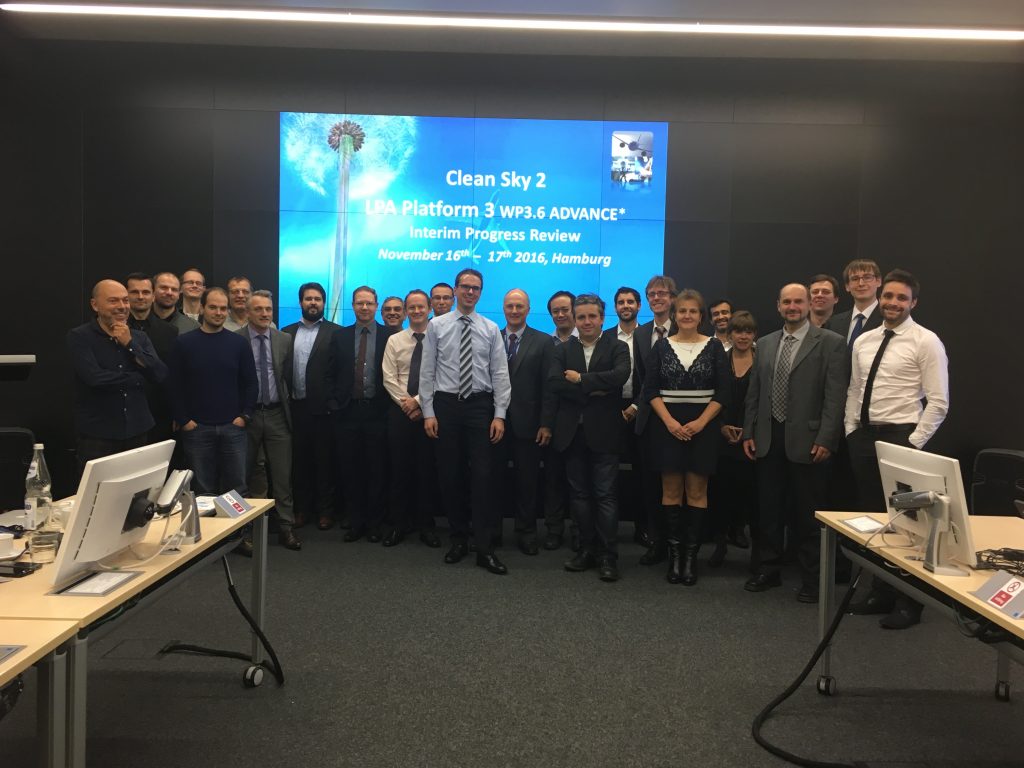
DEMETER Kick-off
The DEMETER project was officially launched on 15th and 16th of December 2015 at the premises of ONERA in Toulouse, France.
